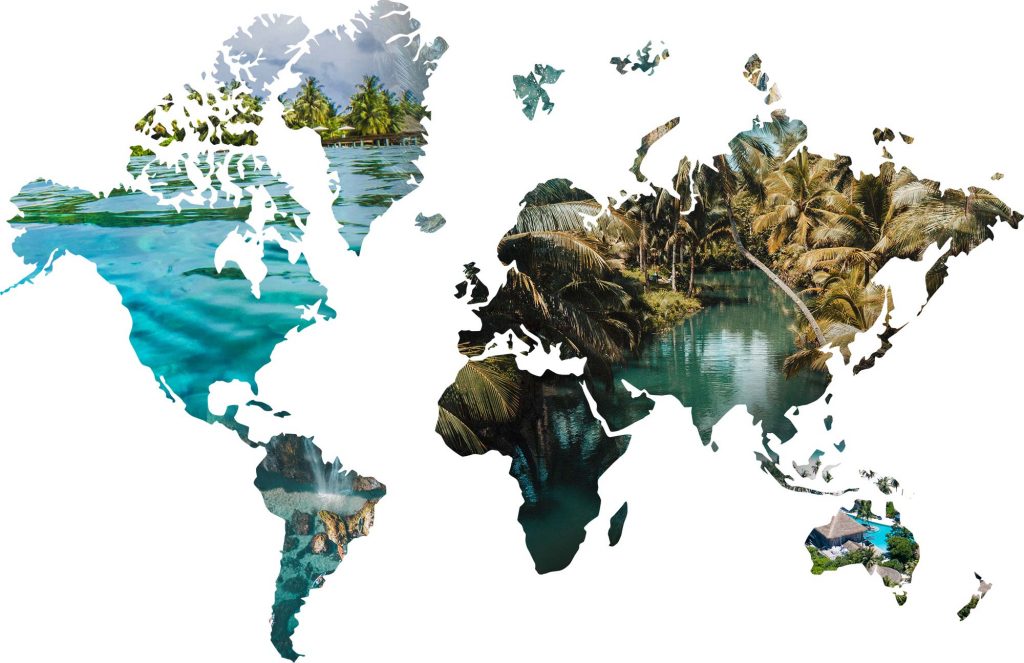Snorkeling is an exhilarating activity that allows individuals to explore the beauty of the underwater world. However, when faced with low visibility conditions, such as murky waters or limited natural light, navigating through these areas can be challenging. In this comprehensive guide, we will discuss various techniques and strategies that can help you overcome the obstacles of snorkeling in poorly lit areas. Whether you are a beginner or an experienced snorkeler, these tips will assist you in enhancing your underwater experience and ensure your safety.
Understanding Low Visibility Snorkeling
Before we delve into the techniques, let’s first understand what low visibility snorkeling entails. Poorly lit areas can be caused by factors such as sedimentation, algae blooms, or simply diving during darker hours. These conditions can significantly reduce the clarity of the water, making it difficult to spot marine life, navigate, and maintain situational awareness.
Snorkeling in low visibility areas requires patience, concentration, and adaptability. By employing the right techniques, you can maximize your chances of enjoying the underwater environment to its fullest potential.
Essential Gear for Low Visibility Snorkeling
When preparing for snorkeling in poorly lit areas, it is crucial to have the right equipment. Here are some essential gear recommendations to enhance your visibility and safety:
1. Mask with a Wide Field of View
Investing in a high-quality mask with a wide field of view is paramount for low visibility snorkeling. Look for a mask that offers a large lens or multiple lenses that provide excellent peripheral vision. This will help you see more of your surroundings, compensating for the reduced visibility.
2. Bright Colored Snorkel and Fins
Using a snorkel and fins in bright, vibrant colors can be advantageous in low visibility conditions. The bright colors will make you more visible to your snorkeling companions, increasing safety and communication underwater.
3. Dive Lights
Dive lights are indispensable tools for navigating in poorly lit areas. Choose a dive light with an adjustable beam and sufficient brightness to penetrate the darkness. It is advisable to have at least one primary dive light and a backup light to ensure you are never left in complete darkness.
4. Reflective Tape
Applying reflective tape to your snorkel, fins, and other equipment can improve your visibility when illuminated by a dive light. This added visibility can make it easier for your snorkeling buddies to keep track of your movements underwater.
Techniques for Navigating in Poorly Lit Areas
Now that you have the appropriate gear, let’s explore some effective techniques for snorkeling in low visibility conditions:
1. Maintain Proper Buoyancy Control
Maintaining neutral buoyancy is crucial when snorkeling in poorly lit areas. It allows you to glide effortlessly through the water without disturbing the sediment or kicking up debris, which can further reduce visibility. Practice controlling your buoyancy by using your breath and small adjustments in your body position.
2. Use Your Dive Light Effectively
When snorkeling in low visibility conditions, proper use of your dive light is essential. Direct the beam of light slightly ahead of you, illuminating your path while still allowing your eyes to adjust to the darkness. Avoid shining the light directly at marine life, as it can startle or harm them. Also, be mindful of other snorkelers and ensure you do not blind them with your light.
3. Stay Close to the Bottom
In areas with low visibility, it is advisable to stay closer to the bottom. By doing so, you can utilize the natural contours of the seabed as reference points and navigate more easily. This technique also helps reduce the impact of currents and keeps you from drifting away.
4. Buddy System and Communication
Snorkeling in low visibility areas should never be done alone. Always snorkel with a buddy, maintaining close proximity to one another. Establish clear communication signals beforehand to ensure effective underwater communication. Regularly check on your buddy to ensure their safety and well-being.
5. Slow and Deliberate Movements
In low visibility conditions, it is crucial to move slowly and deliberately. Rapid movements can disturb the water, reducing visibility even further. Take your time to observe your surroundings, allowing your eyes to adjust to the darkness. This approach will help you spot marine life and potential hazards more easily.
6. Be Mindful of Marine Life
Respecting and protecting the marine environment should be a priority for every snorkeler. In low visibility areas, it becomes even more critical to be mindful of marine life. Avoid touching or disturbing any organisms and maintain a respectful distance. By doing so, you can preserve the delicate balance of the ecosystem and ensure a positive snorkeling experience for yourself and future generations.
7. Practice Regular Snorkeling Skills
Lastly, continue to practice and refine your basic snorkeling skills. Familiarize yourself with underwater navigation techniques, such as compass use and natural references. Regularly practicing these skills will enhance your confidence and ability to navigate effectively, even in challenging conditions.
Conclusion
Snorkeling in poorly lit areas can be both challenging and rewarding. By understanding the techniques mentioned in this guide and equipping yourself with the right gear, you can overcome the obstacles of low visibility snorkeling. Remember to prioritize safety, respect the marine environment, and always snorkel with a buddy. With practice and experience, you will develop the skills necessary to confidently explore the wonders of the underwater world, regardless of visibility conditions.








